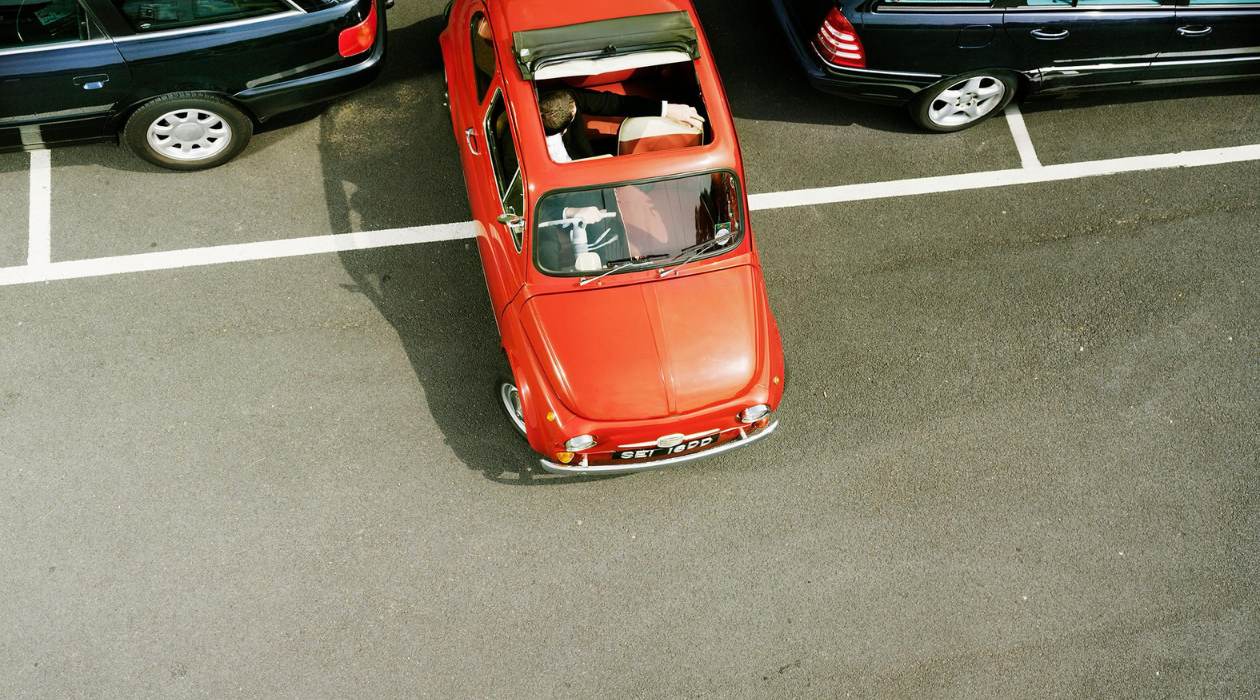

Articles
How To Back A Car Out Of The Driveway
Modified: December 7, 2023
Learn the best techniques and tips in this informative article on how to back out of your driveway safely and efficiently. Don't miss out on these expert insights!
(Many of the links in this article redirect to a specific reviewed product. Your purchase of these products through affiliate links helps to generate commission for Storables.com, at no extra cost. Learn more)
Introduction
Backing out of a driveway can be a challenging task that requires careful attention and maneuvering. Whether you are a new driver or have years of experience behind the wheel, it’s important to follow proper techniques to ensure your safety and the safety of others on the road.
In this article, we will guide you through the steps involved in backing out of a driveway safely. From checking visibility to exiting smoothly, we will cover all the necessary aspects to make your driveway exit a hassle-free experience.
So, let’s dive in and explore the key elements of successfully navigating your way out of a driveway.
Key Takeaways:
- Safely backing out of a driveway requires checking visibility, adjusting mirrors, signaling, and proceeding slowly. Continuous vigilance and patience are crucial for a smooth and safe exit onto the road.
- Prioritize safety by checking surroundings, yielding to traffic, and watching for pedestrians when exiting the driveway. Practice regularly to become more comfortable and proficient at this essential driving skill.
Read more: How To Back A Trailer Into A Driveway
Checking Visibility
Before making any movement, it is crucial to assess the visibility of both your driveway and the surrounding area. This step is essential to ensure you have a clear view of any potential obstacles or approaching vehicles. Here’s what you need to do:
- Adjust your seating position: Ensure your seat is in an upright position and your mirrors are properly aligned. This will allow you to have a better view of your surroundings.
- Clear any obstructions: Remove any objects, such as bicycles or garden tools, that might obstruct your vision. This will help eliminate blind spots and improve your visibility.
- Check for pedestrians: Before getting into your vehicle, look out for pedestrians or animals that may be in or near your driveway. Be patient and wait for them to move out of harm’s way before proceeding.
By taking these precautions, you will be able to ensure that you have a clear line of sight when backing out of your driveway.
Adjusting Side Mirrors
Properly adjusted side mirrors are an essential part of safe and effective backing out of a driveway. They provide a wider field of view and help eliminate blind spots. Here are some tips on adjusting your side mirrors:
- Position your mirrors: Adjust your side mirrors so that you can see the edges of your vehicle in them. This will help you gauge the distance between your car and any obstacles.
- Minimize blind spots: Angle your mirrors outward slightly to reduce blind spots. This will expand your field of view and make it easier to spot approaching vehicles.
- Use the convex mirror: Most side mirrors have a smaller convex mirror in the bottom outer corner. This mirror provides a wider angle of view and can help detect objects that might be in your blind spot.
Remember to check your side mirrors before starting your vehicle and adjust them as needed. This will ensure that you have optimal visibility while backing out of your driveway.
Looking for Oncoming Traffic
One of the most critical steps in backing out of a driveway safely is checking for oncoming traffic. This step is essential to avoid any potential collisions. Here’s what you should do:
- Look both ways: Before you start reversing, take the time to look both left and right to check for any vehicles approaching from either direction.
- Use your rearview mirror: Glance at your rearview mirror to identify any vehicles coming from behind. This will give you an additional perspective on the traffic situation.
- Scan for pedestrians and cyclists: Remember to keep an eye out for pedestrians and cyclists who may be crossing or using the sidewalk adjacent to your driveway.
Take your time during this step and be patient. It’s crucial to ensure that there is a clear path for you to back out without any potential hazards.
Activating Turn Signals
Before you start the maneuver of backing out of your driveway, it’s essential to signal your intentions to other drivers on the road. Activating your turn signals notifies them that you are about to make a move. Here’s how to effectively use your turn signals:
- Indicate your direction: Before shifting into reverse gear, activate your turn signal in the appropriate direction. If you plan to back out to the right, engage your right turn signal, and vice versa.
- Give ample warning: Make sure to activate your turn signal well in advance, providing other drivers with enough time to slow down and make room for you to back out safely.
- Be consistent: Keep your turn signal on until you have fully exited your driveway. This will help other drivers anticipate your movement and avoid any confusion.
By using your turn signals effectively, you promote better communication with other drivers and reduce the risk of accidents.
Always check your mirrors and blind spots before backing out of a driveway. Go slowly and be prepared to stop if necessary. Use your rearview camera if you have one.
Read more: How Wide Is A Two Car Driveway
Slowly Backing Out
Once you have checked for visibility, adjusted your mirrors, and activated your turn signal, it’s time to start the process of backing out. Remember, it’s crucial to proceed slowly and cautiously to ensure a safe exit from your driveway. Here are the steps to follow:
- Gently engage reverse gear: Shift your vehicle into reverse, applying steady pressure on the brake pedal.
- Release the brake: Slowly release the brake pedal, allowing your vehicle to begin moving backward. Be sure to keep your foot hovering over the brake in case you need to stop suddenly.
- Keep your speed controlled: Back out at a slow and consistent speed, giving yourself ample time to react to any obstacles or approaching vehicles that may come into your path.
- Steer with caution: As you back out, turn the steering wheel gently in the opposite direction of the way you want to go. This will help you navigate your way out of the driveway smoothly.
Remember, patience and attentiveness are key during this step. Take it slow and give yourself plenty of time to make necessary adjustments.
Continuously Checking Surroundings
While you are in the process of backing out of your driveway, it is crucial to continuously check your surroundings to ensure there are no unexpected hazards. Here are some important points to consider:
- Use your mirrors: Keep a close eye on your side mirrors and rearview mirror to monitor any approaching vehicles or pedestrians.
- Scan blind spots: Even with properly adjusted mirrors, there may still be blind spots. Take a quick glance over your shoulder to check for any obstructions in those areas.
- Be aware of noise: Listen for any sounds that may indicate the presence of approaching vehicles or pedestrians, especially if your driveway is near a busy street or intersection.
- Stay vigilant: Keep your focus on the task at hand and avoid distractions. Avoid using your cell phone or engaging in any other activities that could divert your attention from the road.
By continuously checking your surroundings, you can react quickly to any potential hazards and make necessary adjustments to ensure a safe exit from your driveway.
Exiting the Driveway Safely
As you approach the final stages of backing out of your driveway, it’s important to ensure a smooth and safe exit. Here are some key steps to follow:
- Complete your turn: Once you have backed out far enough, straighten your steering wheel to align your vehicle with the road.
- Check blind spots: Before fully exiting your driveway, quickly check your blind spots one last time to ensure there are no approaching vehicles or pedestrians.
- Yield to traffic: If there is any traffic on the road, wait for a suitable gap before proceeding. Yield to oncoming vehicles and merge into traffic safely.
- Watch for pedestrians: Keep an eye out for pedestrians who may be crossing the street. Always prioritize their safety and provide them with sufficient space to cross.
Remember, patience and awareness are crucial during this final stage. Take your time and ensure that the coast is clear before proceeding out onto the road.
Conclusion
Backing out of a driveway can be a nerve-wracking task, but by following the proper techniques and precautions, you can ensure a safe and hassle-free experience. Checking visibility, adjusting side mirrors, looking for oncoming traffic, activating turn signals, slowly backing out, continuously checking surroundings, and exiting the driveway safely are all key steps to keep in mind.
Remember to take your time, be patient, and remain fully focused on the task at hand. Avoid distractions and always prioritize safety. By following these guidelines, you can confidently navigate your way out of your driveway and onto the road.
Keep in mind that practicing these techniques regularly will help you become more comfortable and proficient at backing out of your driveway. Over time, you’ll develop a better understanding of the flow of traffic in your area and become more adept at making safe exits.
So, the next time you find yourself backing out of your driveway, remember to check visibility, adjust your mirrors, signal your intentions, proceed slowly, and continuously monitor your surroundings. By doing so, you’ll ensure a safe and confident exit every time.
Frequently Asked Questions about How To Back A Car Out Of The Driveway
Was this page helpful?
At Storables.com, we guarantee accurate and reliable information. Our content, validated by Expert Board Contributors, is crafted following stringent Editorial Policies. We're committed to providing you with well-researched, expert-backed insights for all your informational needs.
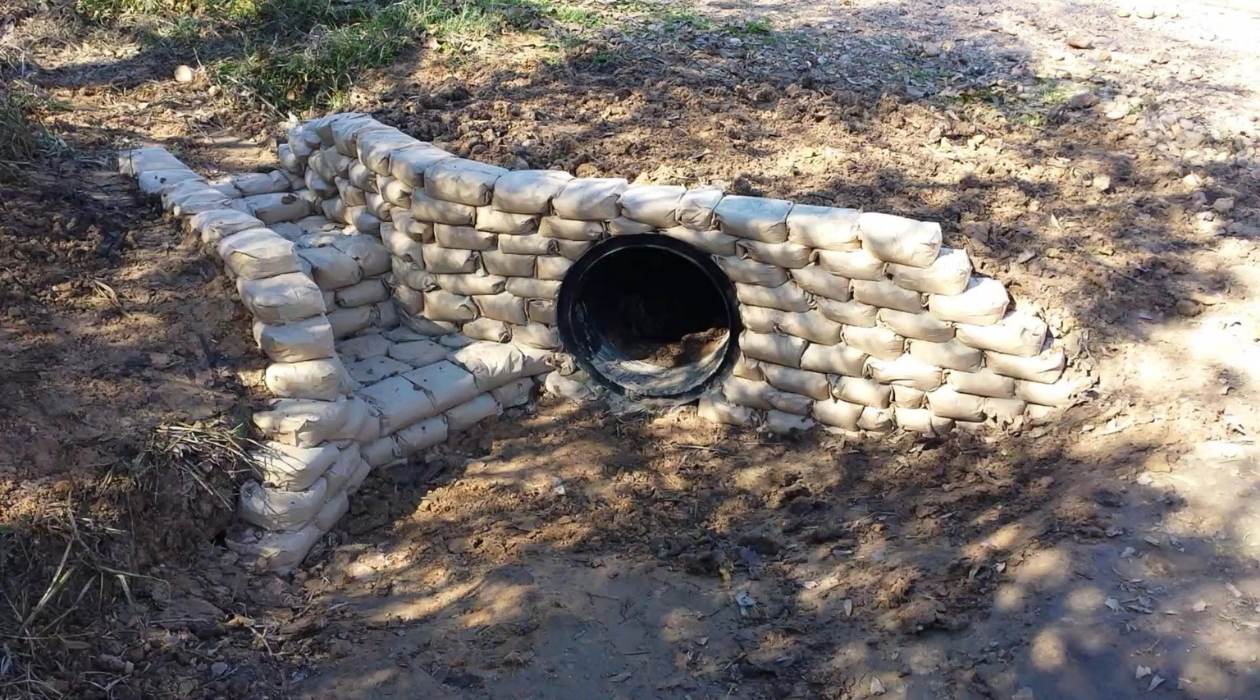
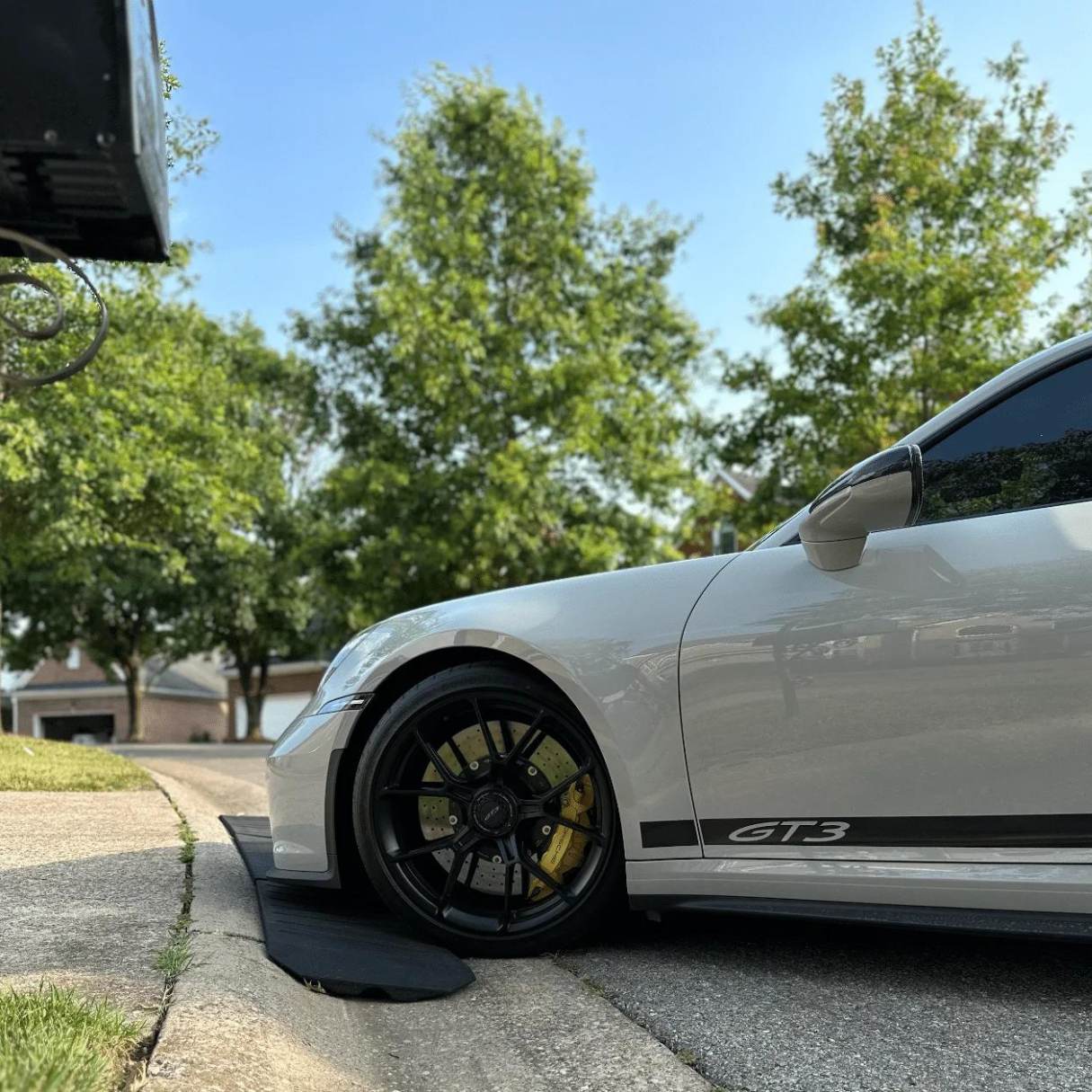
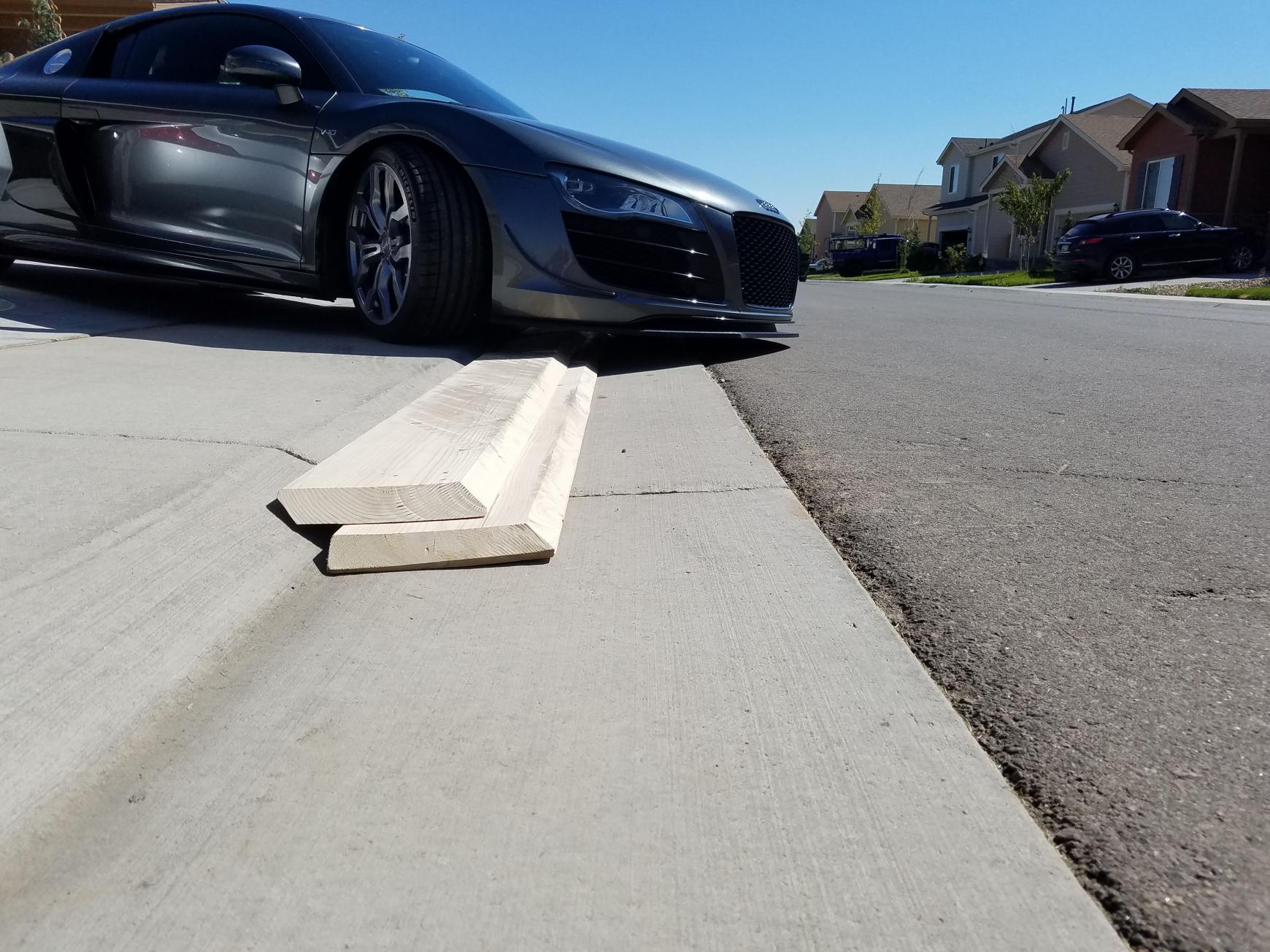
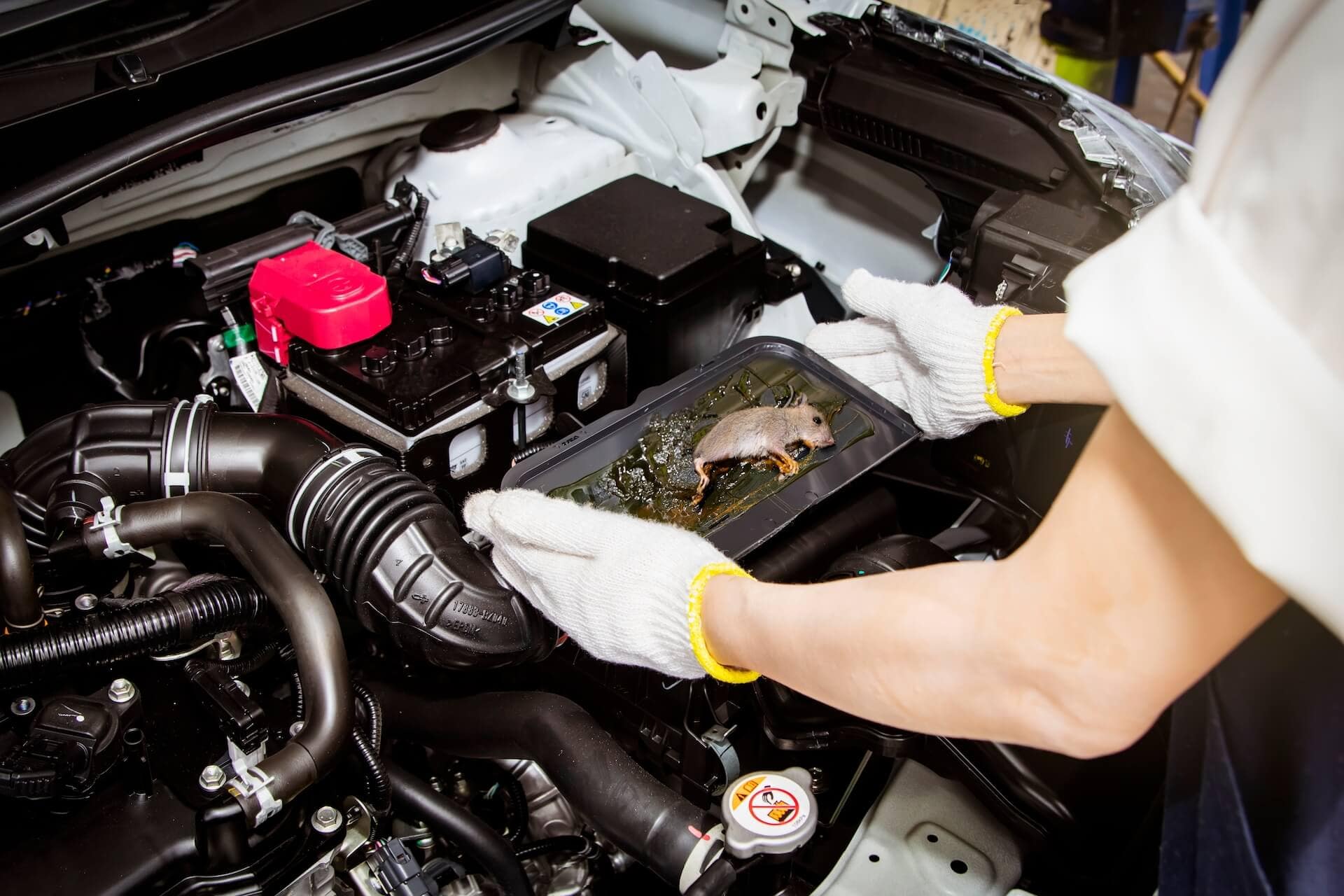
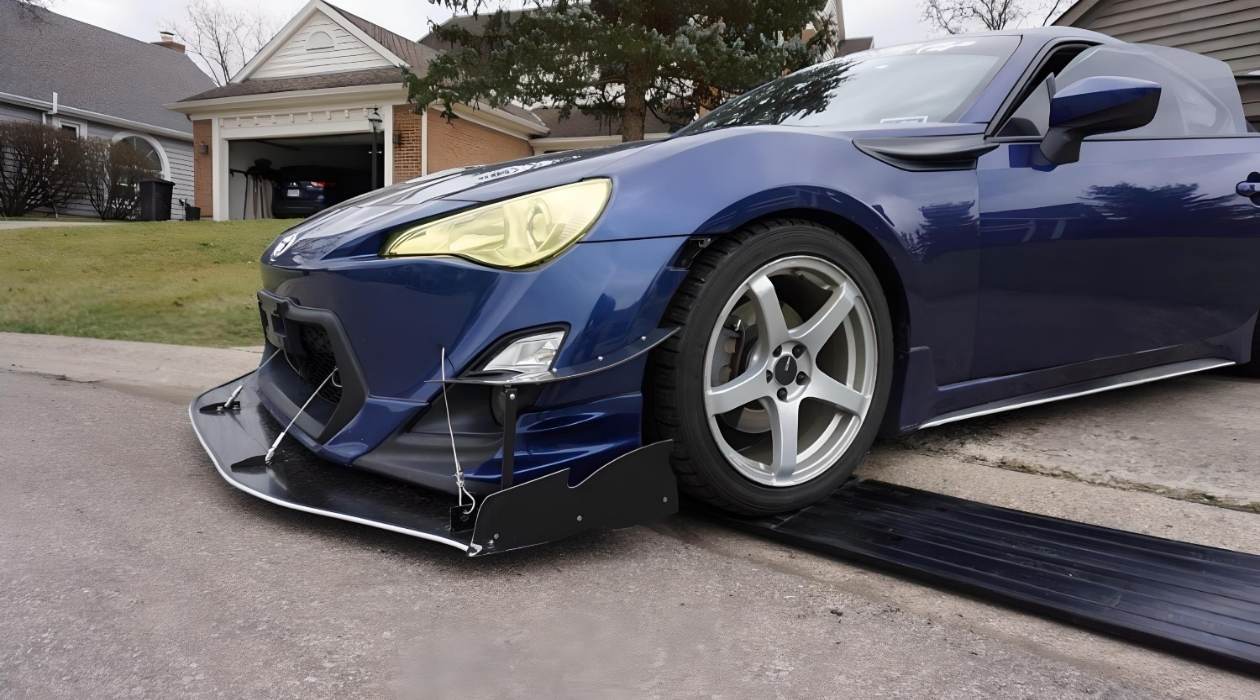
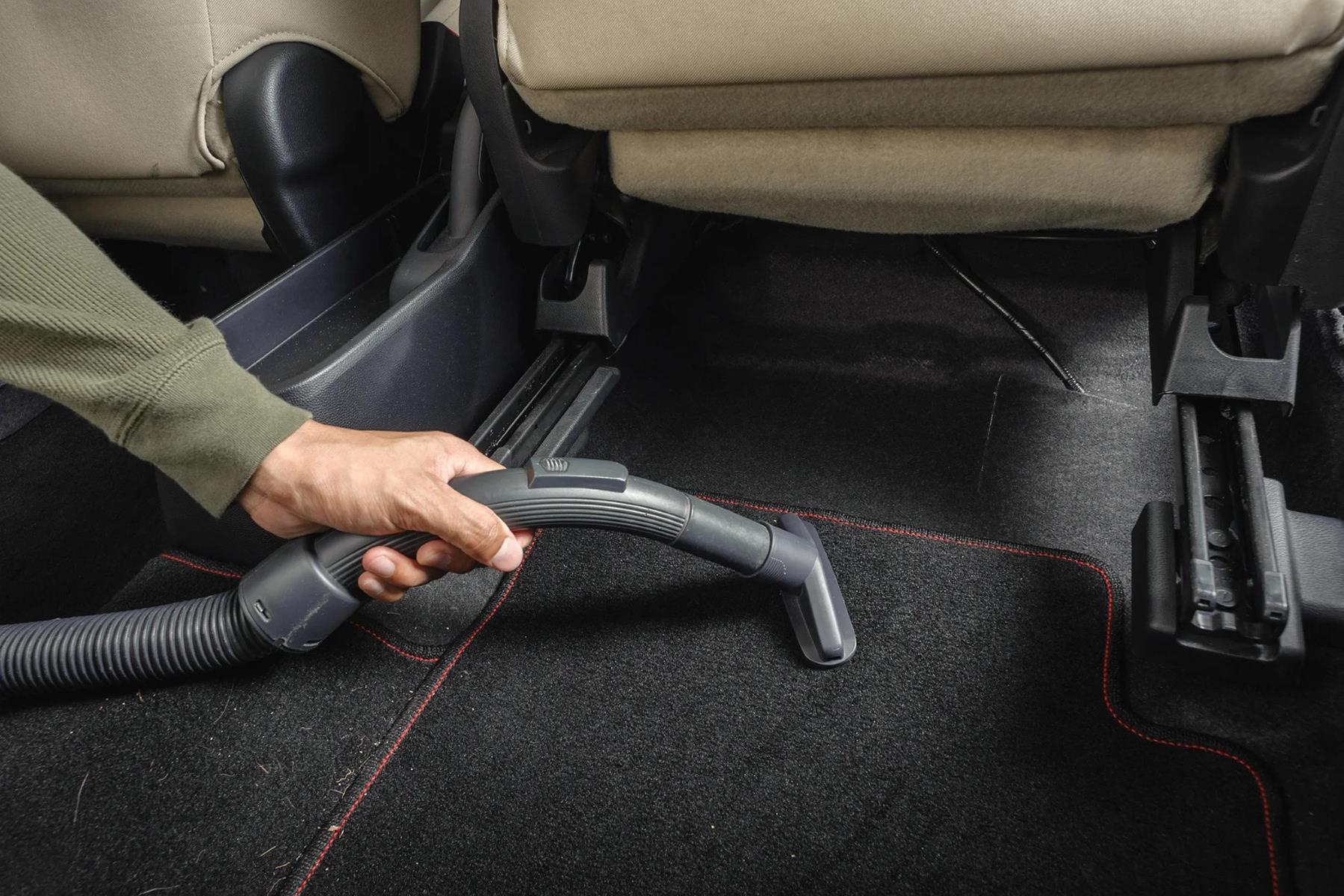
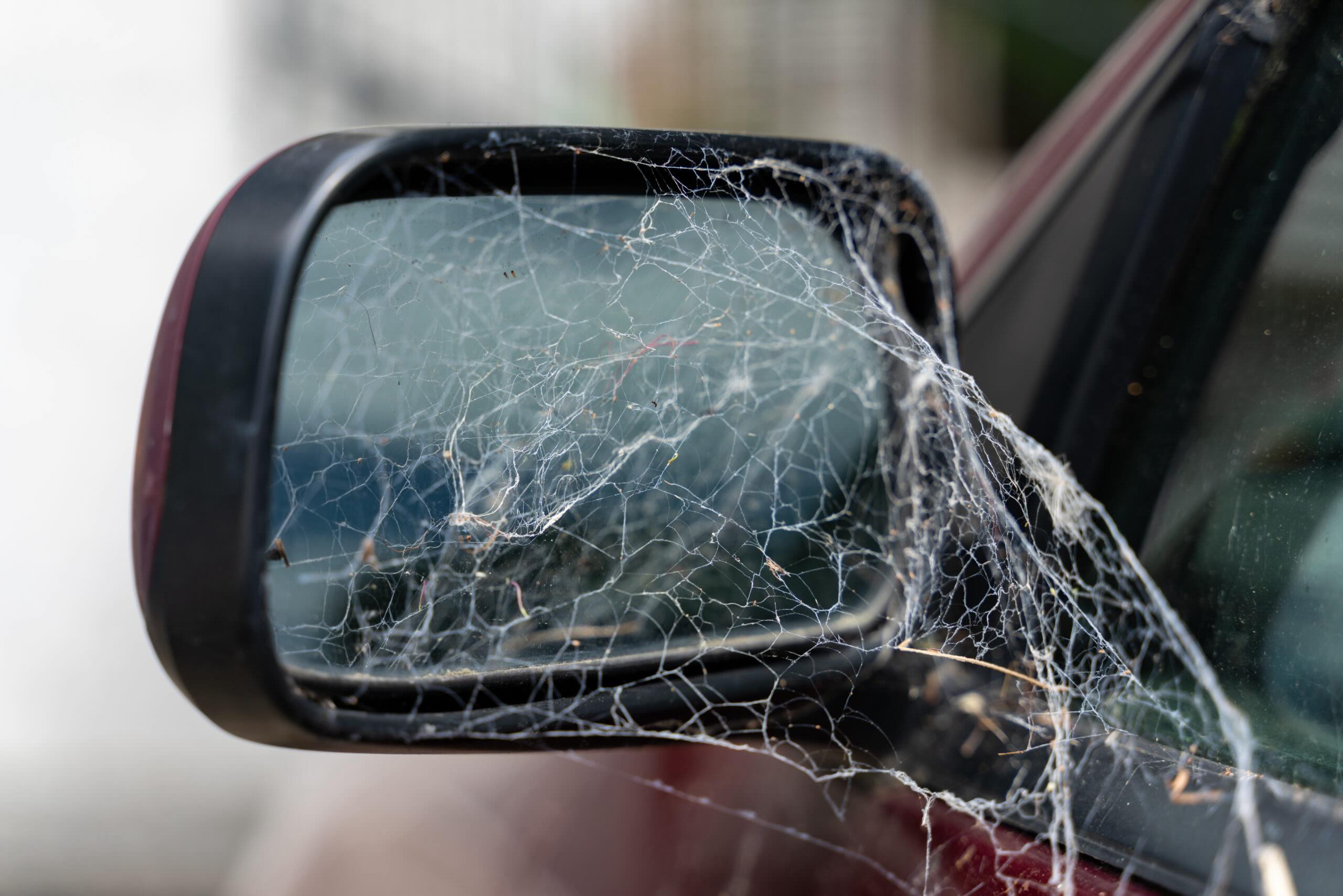
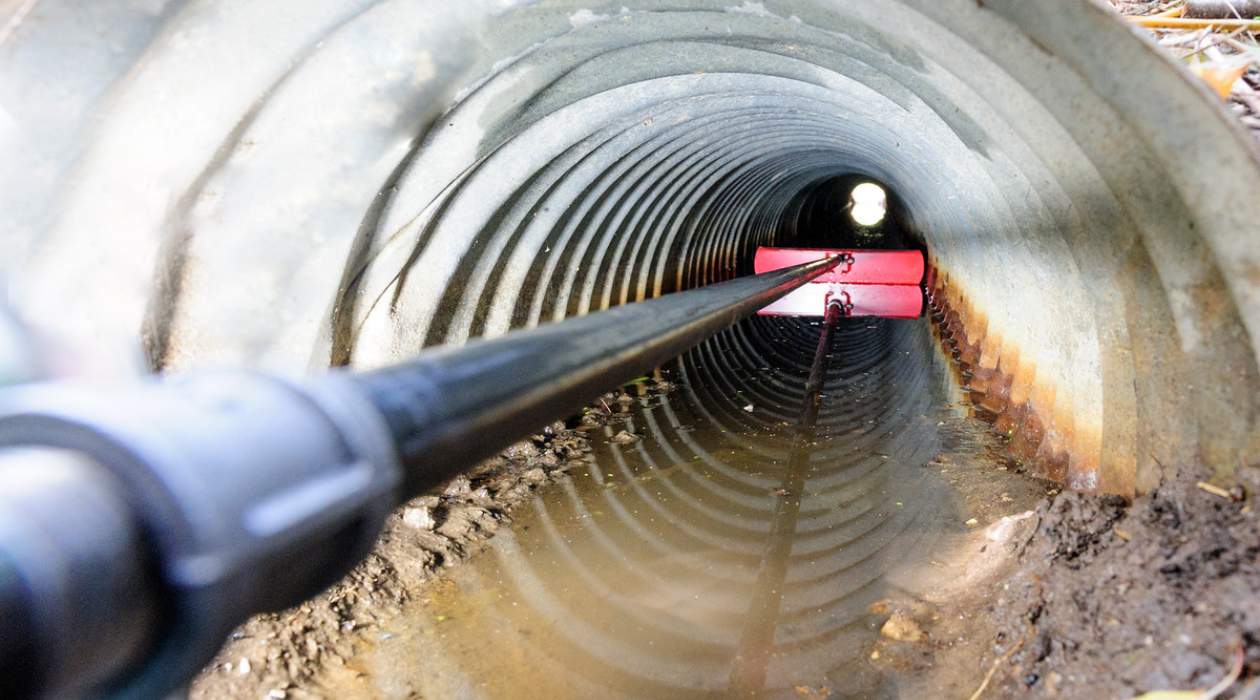
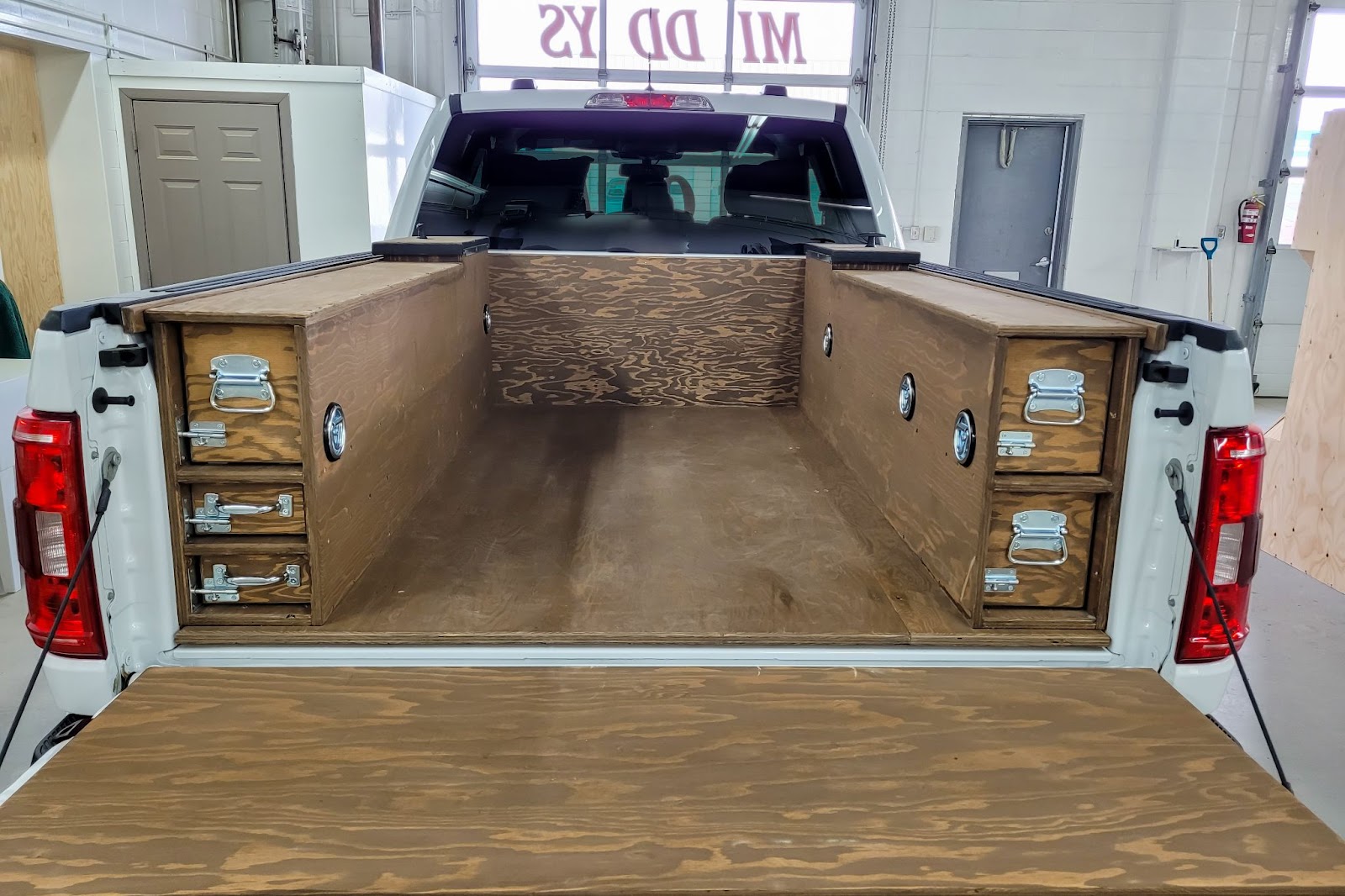

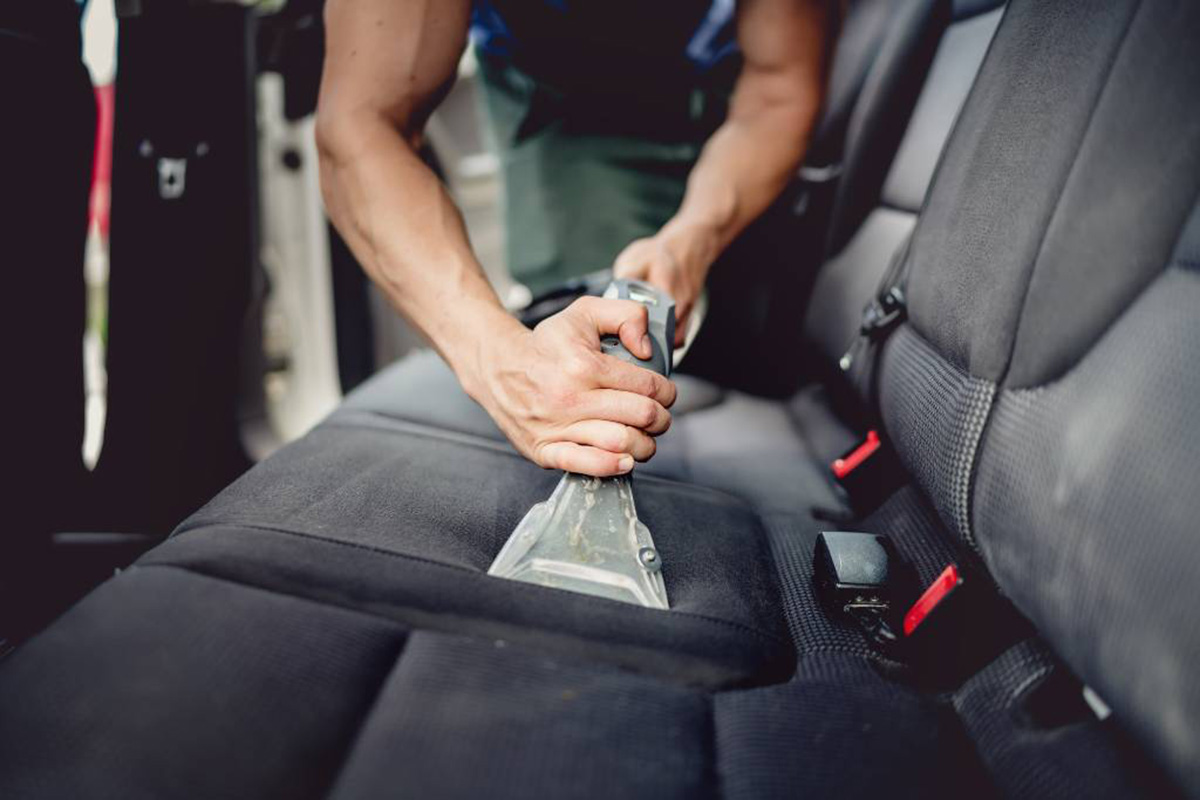

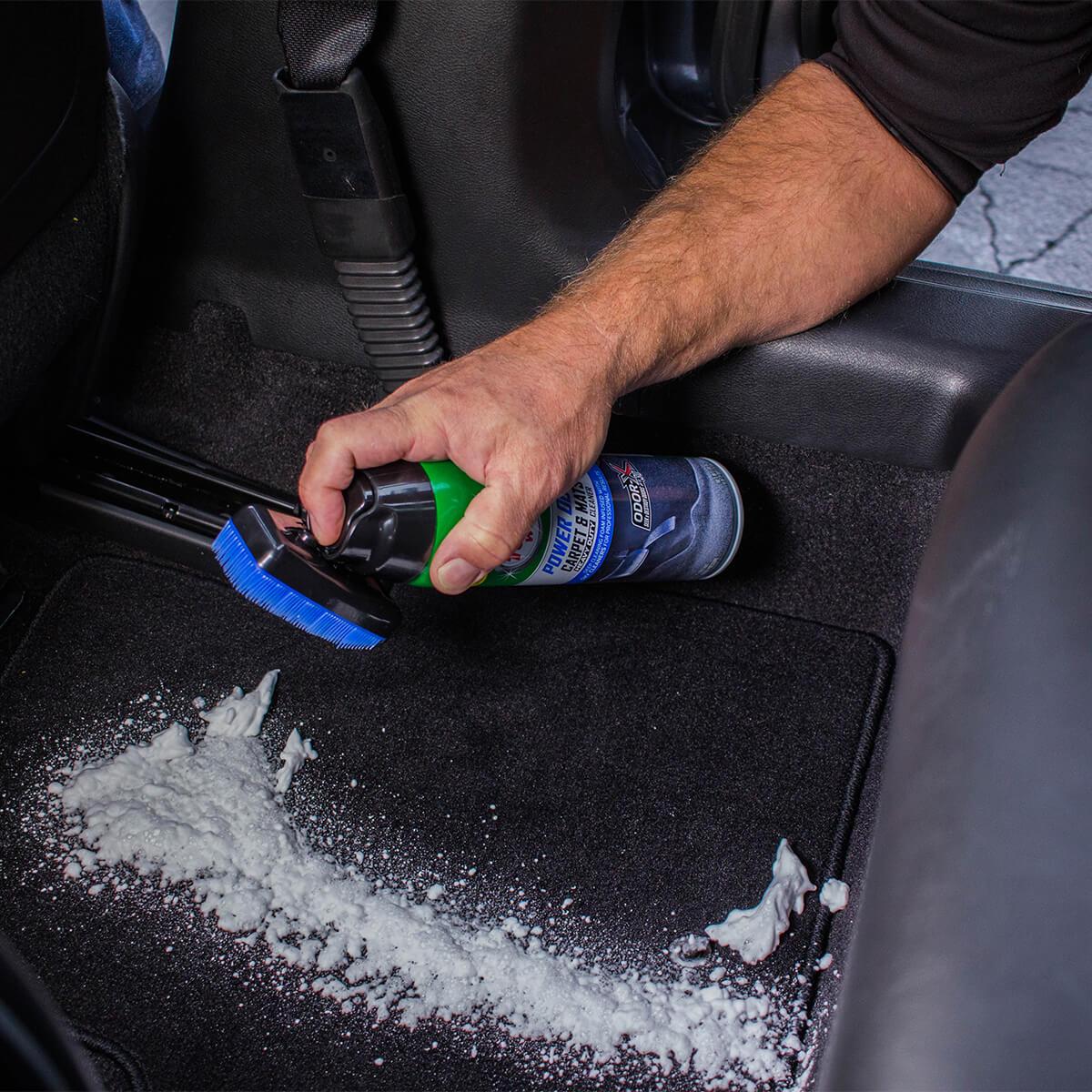
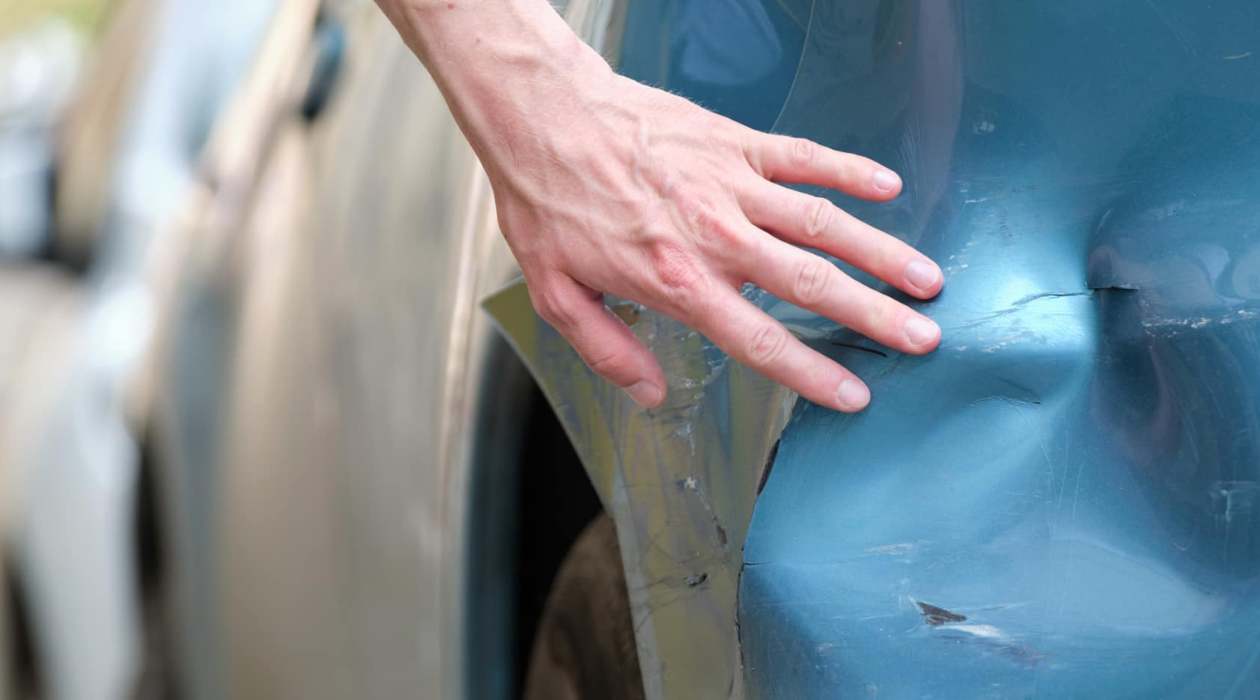

0 thoughts on “How To Back A Car Out Of The Driveway”